Maybe you’re like me, and dream of leaving society behind to live in the wild. Maybe you’re not. Either way, there are few people who actually manage to do it; and of those that do, few stick it out for more than a few years.
The harsh reality is that living totally off-grid, over 100 miles away from civilization is an extremely hard life; one that few of us are prepared for. Maybe our ancestors were better equipped for that sort of lifestyle than we are. But the comforts of civilization have made us much softer than they were; as well as much less capable of dealing with the hardships of living off the land.
But there are people for whom that lifestyle is the only way to go. Take Agafia Lykov, a 72 year old Russian woman, for example. This amazing woman has spent all her life living in the taiga of Siberia. Born to Karp and Akulina Lykov, members of an Orthodox Christian sect known as “The Old Believers,” who fled to the taiga in 1937, Agifa and her siblings knew no other life.
The Lykovs moved to Siberia to escape persecution, with little preparation and even less in the way of supplies. Yet they learned how to live in the wilderness, successfully building a homestead and raising a family there.
Agifa is the only member of the family still alive. Her mother died of starvation in 1961, having chosen to stave, so that she could give her food to her children during one of their many hard times. That rough time was caused by an early winter killing off everything in their garden, leaving them without enough food to last the winter.
They were literally reduced to eating their own leather shoes.
The family was left alone, unknown until a geological expedition happened across them, seeing their homestead from the air in 1978. At that time, the four children and their father were still alive, but two years later three of the siblings died of sickness (one of pneumonia and two of kidney failure). Since then, she has lived alone.
How does this Amazing Woman Survive?
Agifa has learned more about living in the wilderness than any survival instructor you’re likely to find. Proof of that is that she’s still alive, after living alone in one of the world’s harshest environments for 36 years. Although feeling her age, she is still spry and energetic, keeping herself busy with the many tasks needed to survive.
For food, Agifa mostly depends on gardening, growing potatoes and vegetables which she stores up to get her through the winter. Most of her protein comes from fish, although she has a few chickens for eggs and goats to provide her with milk. Her diet is rounded out with foraging in the woods for whatever edible plants, nuts and berries she can find.
With temperature dropping to 40 below in the wintertime, keeping warm is a challenge. Yet this amazing woman cuts all the trees for her own firewood, bucking and then splitting it, before hauling it back to her homestead on a sled.
As time has passed, she’s found it necessary to range farther and farther afield in search of appropriate trees to cut for her firewood. Yet the need to keep warm drives her to do the necessary work, often traveling on homemade skis, which she uses more like snowshoes.
The Need for Outside Help
Even though Agifa is mostly independent, she has needs some help from the outside world. When the geological party found her family in 1978, their plates were so worn from use, that they had holes in them. Their saw and axe were just about totally worn out as well, desperately in need of replacement. Thanks to the geologists, these basic items were replaced.
Other visitors have gone to see the woman in the woods as well, taking gifts for her. That’s how she received her goats and chickens, items that had been on her wish list. Apparently the local government, which is over 100 miles away, checks in on her from time to time, bringing her staples, fruit and matches to augment her diet and ensuring that she has what she needs.
Once, in 2016, she was airlifted out on a helicopter and taken to the nearest hospital, to deal with a problem she was having with leg pain. While she was thankful for the help, she quickly returned to her life in the taiga, as she felt stifled by the air in the city.
When asked, Agifa tells people that she couldn’t survive in the city, due to the pollution, the cars and the crush of people. The local governor has offered to allow her to move to the city, giving her someplace to stay and a pension to live on, but she has flatly refused. Living in the wilderness is the only life she knows and the only life she wants to know.
So, why Pick Such a Lifestyle?
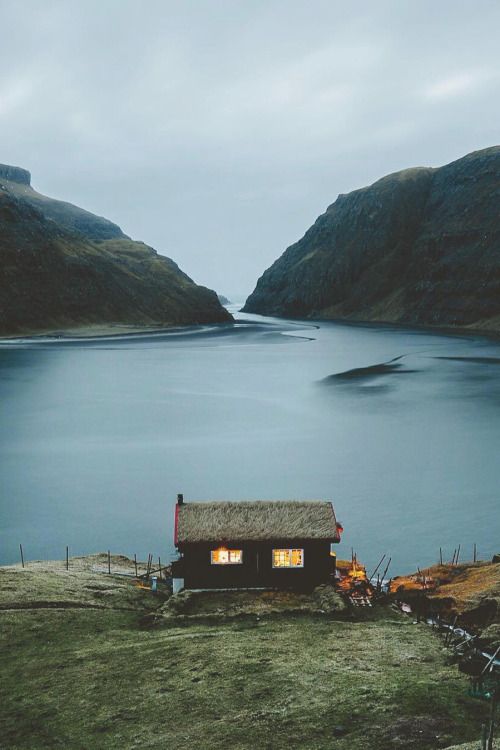
So, why did Agifa’s father choose to move to take his young wife and move to one of the most inhospitable environments on Earth? Because it was the safest thing for him to do. It was a literal bug out, albeit one that was not well prepared for.
At the time of the bug out, Christians belonging to The Old Believers were under persecution. In that part of the world, chances are that meant they were being killed. In that case, bugging out, even doing so as unprepared as they were, was a logical choice for him to make, to protect his life and the life of his wife.
While there are dangers and risks of picking such a lifestyle, there are times when there are dangers of not picking it. That’s why bug out plans are supposed to be part of every prepper’s strategy. In times of social unrest, when it is unsafe to shelter in place, bugging out gives you an option for survival.
But not everyone who goes off to live in the wilderness does so out of such dire need. There have always been a small percentage of people who have chosen to abandon their parent society and live in some isolated place, usually living off the land.
Their reasons for doing so vary, but somewhere at the core of them is usually a desire for a simpler lifestyle, without the problems and stresses of being part of a larger society.
Today, we can find some of these people living in the Northwest part of our country, especially in Alaska. One couple in particular live 200 miles north of Fairbanks, Alaska, moving between three different cabins they have built. He works as a trapper, ensuring that they have an income.
While there are others who work as trappers in the same area, few actually live in it year-round. Many go to those isolated areas for short periods of time to trap, staying a few months and then returning to civilization to live. Yet this couple has made a successful life for themselves, living where nobody else wants to live.
Then there are those who choose an isolated lifestyle for financial gain. Two distinct groups in our nation’s history fit this description; mountain men and prospectors. The mountain men were trappers as well, trapping beaver to sell their hides for the use in making top hats. Prospectors spent most of their time alone, traveling through rugged country in search of gold and silver.
But what About You?
That’s them; but why might you want to pick such a lifestyle? Well, there are always those who want to leave the hustle and bustle of modern life behind. Even today there are small groups who have chosen to leave the city behind and go live off the land. These are often well-educated people, who have just gotten tired of modern life.
While choosing a such a life requires leaving much behind, it has its advantages as well. The combination of clean air, plenty of exercise and lean, non-chemically induced meat makes for a healthier lifestyle. One is also able to focus on the simpler things in life, such as relations, working together for a common goal (survival) and getting in touch with nature.
Granted, such a lifestyle is not for everyone. It requires a huge commitment and a willingness to leave our modern conveniences behind. For many, life without the internet would be unthinkable. But for others, the internet is nothing more than a distraction. Those people would adapt to this lifestyle easier.
The big advantage of choosing such a lifestyle would be that you would most likely be unaffected by what is happening in the world today. Other than natural disasters, you would be untouched by the problems that mankind at large is so good at causing for ourselves.
Agifa and her family were unaware that World War II had been fought, until the party of geologists who first found them came to visit.


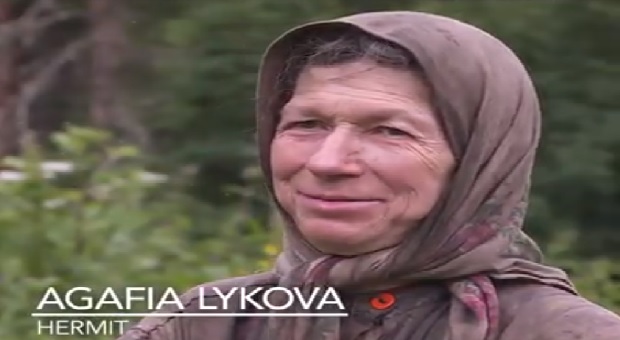

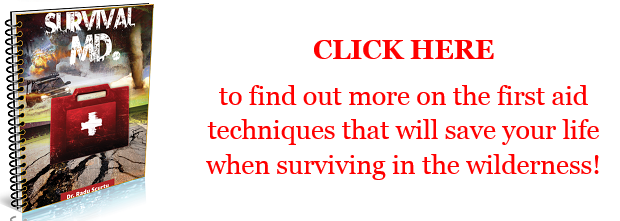
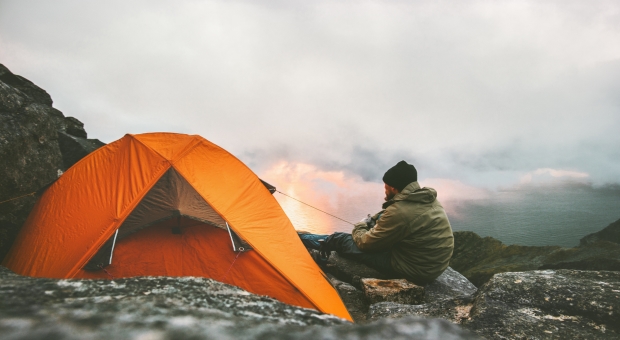
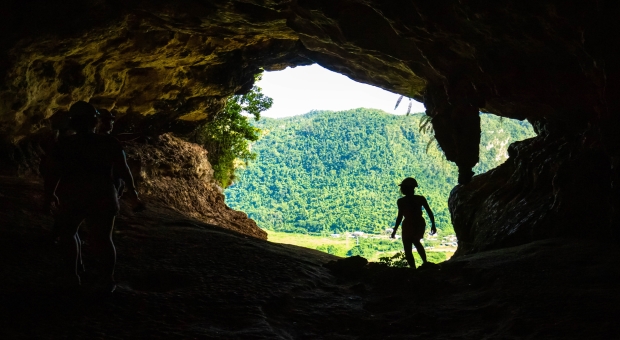
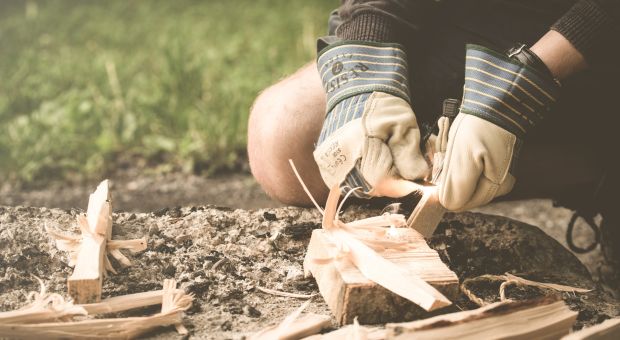
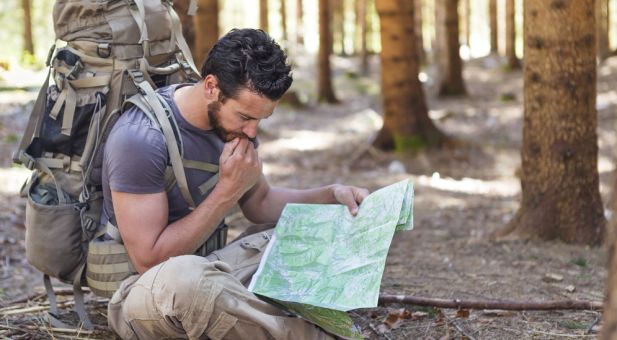

Bill in Idaho | March 13, 2018
|
WOW, Bill ! I wonder how many true life stories there are just like this one. Amazing – the Resourcefulness of the Human Spirit.
Marilee Lonsberg | March 13, 2018
|
This is an incredible story of the will to live and live free. Thanks for sharing.
Buck | March 13, 2018
|
Richard Proenneke was an amazing man as well. 30 years alone in the Alaska wilderness. I highly recommend viewing his video story which he recorded during his life in the Alaska bush.
Pingback:How People Managed To Entirely Live Off-Grid | Survivopedia | May 24, 2019
|
Clergylady | May 24, 2019
|
Love reading these stories. Inspiring.
William Kordus | May 24, 2019
|
Richard Proenneke, and Himo Korth are the Alakans your talking about. Himo Korth. Himo is my age and grew up within about 3 to 4 miles down stream on the Fox river in Appleto Wisconsin. I am the same age as he but never met him. Read his life story ( on both men) and when I was young dreamp about such things. I remember reading the story of Agifa and her families plight. But I cannot remember her father’s full name. As I would like to re- read it again. Thank you for sharing..